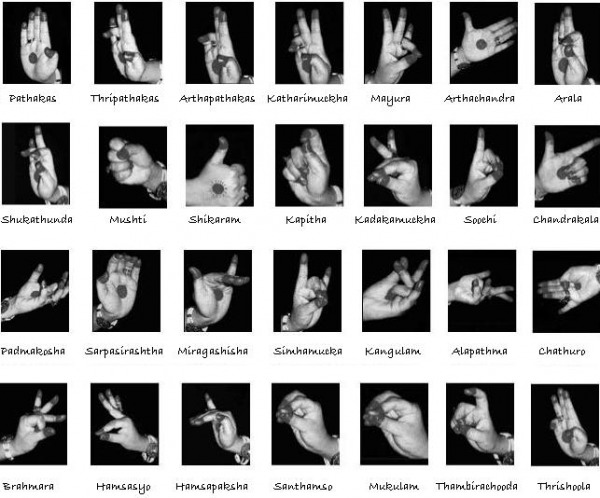Different Indian Classical Dance Forms
India is a diverse country, with a synthesis of different languages, traditions, rivers, architecture, food, and much more.A diverse in old fine arts, classical dance forms and music .
India is well known for its cultural and heritage which includes folk dance and music.Some of the dance styles that are originated and evolved in India are Bharatnatyam, Kathak, Kathakali, Manipuri, Mohinhiattam, Sattriya and Oddisi. Indian dance forms is believed to have essentially evolved through the Natya Rasa created by Lord Natraja to entertain and please the Gods. Natya Rasa incorporates all aspects of theatre including singing, dance and drama. Most dance forms enact a story from mythology or weave a tale from a contemporary situation through their movements, expressions and emotion.
with time, the classical dance forms evolved include the expressions and themes from social life and experiences, Lord Shiva is said to be 'Nataraja' who is aid to perform the dance that delicately balances life and death
1).Bharatanatyam
Bharatanatyam is one of the most popular classical Indian dances. Bharatanatyam is more popular in South Indian states of Tamil Nadu and Karnataka. Bharatanatyam dance is almost 2,000 years old. It is believed that Bharatanatyam was revealed by Lord Brahma to Bharat, a famous sage who then codified this sacred dance in a Sanskrit text called the Natya Shastra.
At present Bharatanatyam is an immensely popular classical dance form of India. The present form of Bharatanatyam dance was evolved by Ponnia Pillai of Tanjore and his brothers. Formats of Bharatanatyam consist of Alarippu (invocation), Jathi Swaram (note combinations) Shabdam (notes and lyrics), Varnam (a combination of pure dance) lighter items like Padams and Javalis (all erotic) and finally the thillana (again pure dance). Bharatanatyam is considered the mother art of most of the other classical dances of India and inspires many art forms like sculpture, painting, and icon-making. This form of dance is slow and moving, but at times fast and fluid and hence is also called Fire Dance.
- Mudras(hand expressions)
Asamyuta hasta mudra
Samyuta hasta mudra



No comments:
Post a Comment